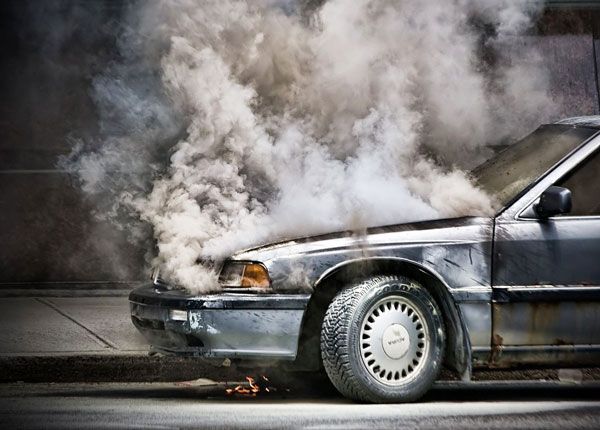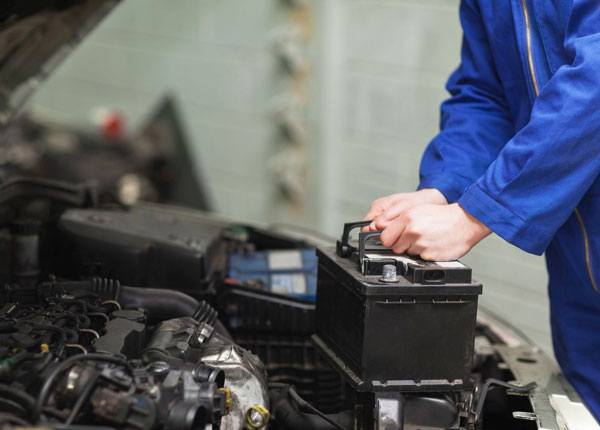
Dealing with Car Overheating & Engine Fires: Driving Safety Rules
Updated Nov. 22, 2020High temperatures can put a great deal of strain on your car’s engine. Driving in extremely hot weather, on steep hills, in stop-and-go traffic or while towing another vehicle are all activities that will make your engine run at higher-than-usual temperatures. Always keep an eye on your car’s temperature gauge and use the tips in this module to avoid overheating.
If you must drive in stop-and-go traffic, leaving your car in a low gear will help to prevent overheating. Driving at high speeds for prolonged periods can also cause overheating and should be avoided as much as possible.
What to do if your engine overheats
How hot is too hot? If your engine’s temperature gauge crosses into the red warning zone, you should pull over at the next safe opportunity and stop the engine. Do not be too eager to open the radiator cap and check coolant levels when you have stopped the car. While the engine is still hot, you could be sprayed with boiling liquid.
Check the coolant level and top it up if necessary, once the engine has safely cooled. Do not add cool water to the radiator. This may seem like a smart idea but there is a strong chance it would crack your engine block.
Leaks in the radiator or breaks in the radiator hoses could also cause the engine to overheat. You can check for these obvious mechanical problems at the roadside once the engine has cooled. If you have the necessary skills, knowledge and equipment to make minor repairs by the roadside, you may safely attempt to fix a small issue like a cracked hose. Often, leaving it to a professional mechanic is a far better idea. Trying to make repairs without the right mechanical knowledge could further damage your vehicle and end up costing more money.
If you cannot fix any obvious problems or the temperature gauge remains high, do not drive your car. This could result in irreversible engine damage.
Turn off air conditioning
Running your air conditioning can add fuel to the fire when the engine is running hot. Having cooler air inside the vehicle may lead you to think that overheating is less of a risk. In fact, running the air conditioning system puts additional strain on the engine and increases the likelihood that it will overheat. When the engine temperature gauge starts to creep up, switch the air conditioning off.
When stopped in traffic, you can put the car in “Park” and gently accelerate once or twice to help coolant circulate in the engine.
Check tire pressure
An overheating engine is not your only concern in hot weather. Tires are susceptible to blowouts when temperatures are high - even more so when they are over or under-inflated. Keep a close eye on your tire pressure during warmer months, particularly if your tires are nearing the end of their lifespan.
Dealing with an engine fire
Most engine fires are caused by electrical shortages, though they can also be the result of overheating, a fuel leak or an oil leak. Any part of your vehicle could catch fire where combustible material is present, so any burning odor must be immediately investigated – even if you cannot see smoke.
If you see smoke or suspect a fire may have started in your vehicle, you must act straight away:
- 1

Drive to a safe area and stop.
Do not stop close to other parked vehicles, as this may facilitate the fire spreading or endanger other people. - 2

Switch everything off.
This includes the ignition and all electrical switches in the vehicle. - 3

Get yourself and your passengers out of the vehicle.
Make sure passengers are at a safe distance and away from the roadway. - 4

You may attempt to put out small fires with a fire extinguisher, dirt, sand or a blanket. NEVER USE WATER ON GASOLINE, OIL OR ELECTRICAL FIRES.
- 5

If the fire grows larger or you cannot extinguish it, give up and move to a safe distance. Contact the fire department for help.



